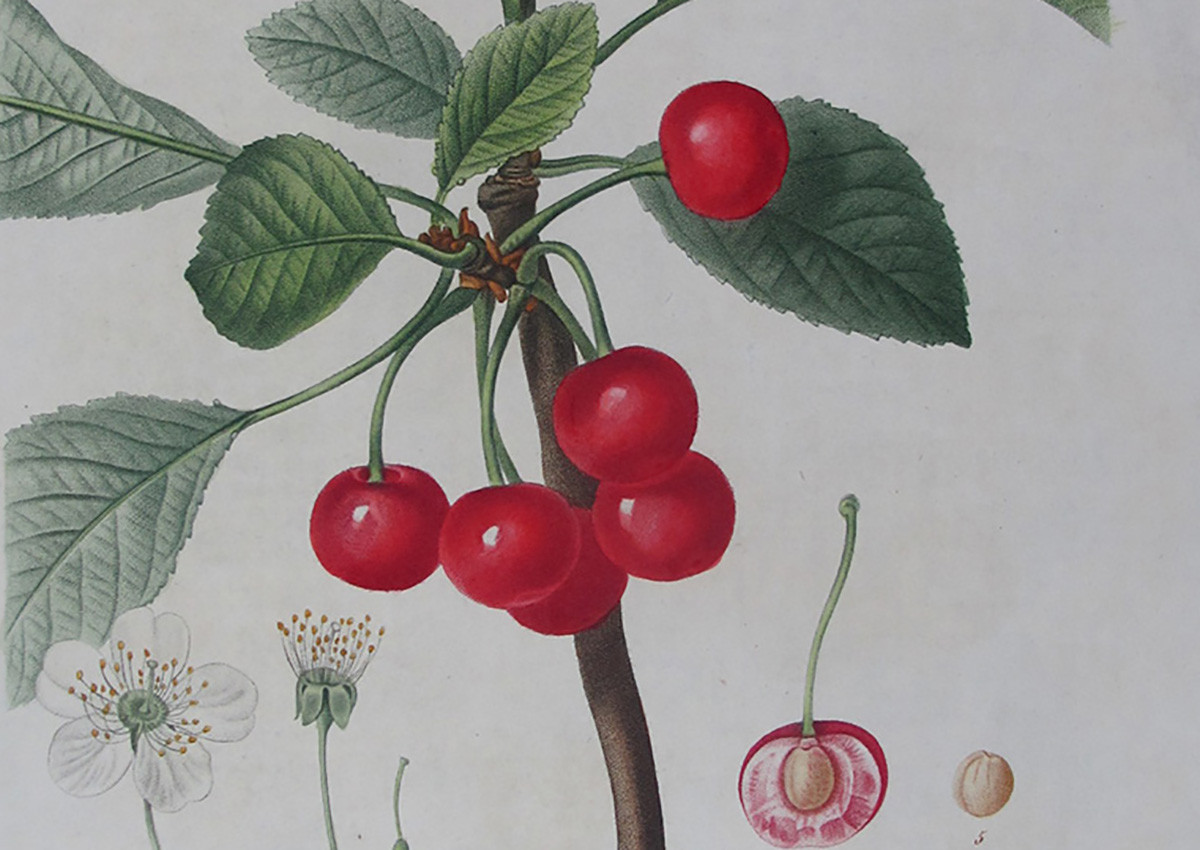
Pierre-Joseph Redouté: Floral Art in the Service of Science
Pierre-Joseph Redouté: Floral Art in the Service of Science
Pierre-Joseph Redouté (1759–1840) is universally celebrated as the greatest floral illustrator of the 18th and 19th centuries. Trained at the royal gardens of Paris and patronized by Marie Antoinette, Empress Joséphine, and the Muséum d’Histoire Naturelle, Redouté combined Enlightenment rationality with romantic elegance.
His contribution to Arbres et Arbustes reflects his mature style: finely observed botanical details, a soft but precise palette, and a layout that balances scientific accuracy with aesthetic harmony. Redouté didn’t merely catalog plants — he translated them into a universal visual language that continues to inspire today.
Technically, Redouté’s use of stipple engraving set a new standard in botanical art. This method allowed for delicate tonal transitions and a lifelike rendering of petals, leaves, and stems. While his better-known works such as Les Roses and Les Liliacées cemented his legacy, Arbres et Arbustes remains an essential project where his vision flourished in collaboration with artists like Pancrace Bessa.
Each original plate is a masterclass in botanical communication and decorative elegance. These authentic hand-colored prints are sought after by collectors, art historians, and interior decorators alike — bringing 19th-century botanical grace into today’s curated spaces.
Explore our exclusive collection of original botanical engravings by Redouté and own a piece of art history.
Redouté and the Language of Flowers
Redouté was more than an illustrator — he became the interpreter of a cultural phenomenon. In the early 19th century, botanical prints were not only scientific tools but also vehicles of floral symbolism. Through his art, roses stood for love, lilies for purity, and magnolias for dignity. His ability to unite botanical precision with emotional resonance made him the “Raphael of Flowers.” Collectors and aristocrats saw in his plates a reflection of both nature’s truth and romantic ideals.
Selected Originals — Arbres et Arbustes
Below are exemplary plates from Arbres et Arbustes, where Redouté’s mastery of stipple engraving pairs scientific clarity with decorative balance.
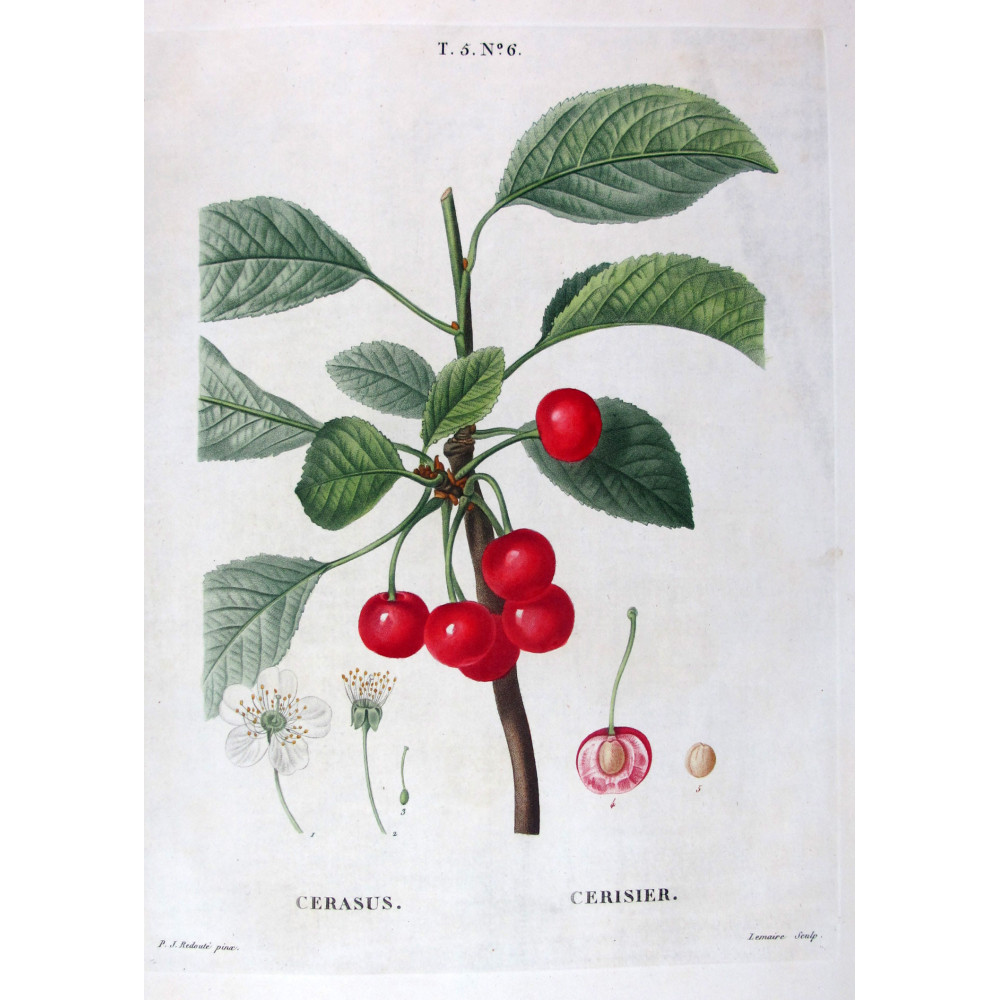
Cerasus — Cherry Tree I |

Cerasus — Cherry Tree II |
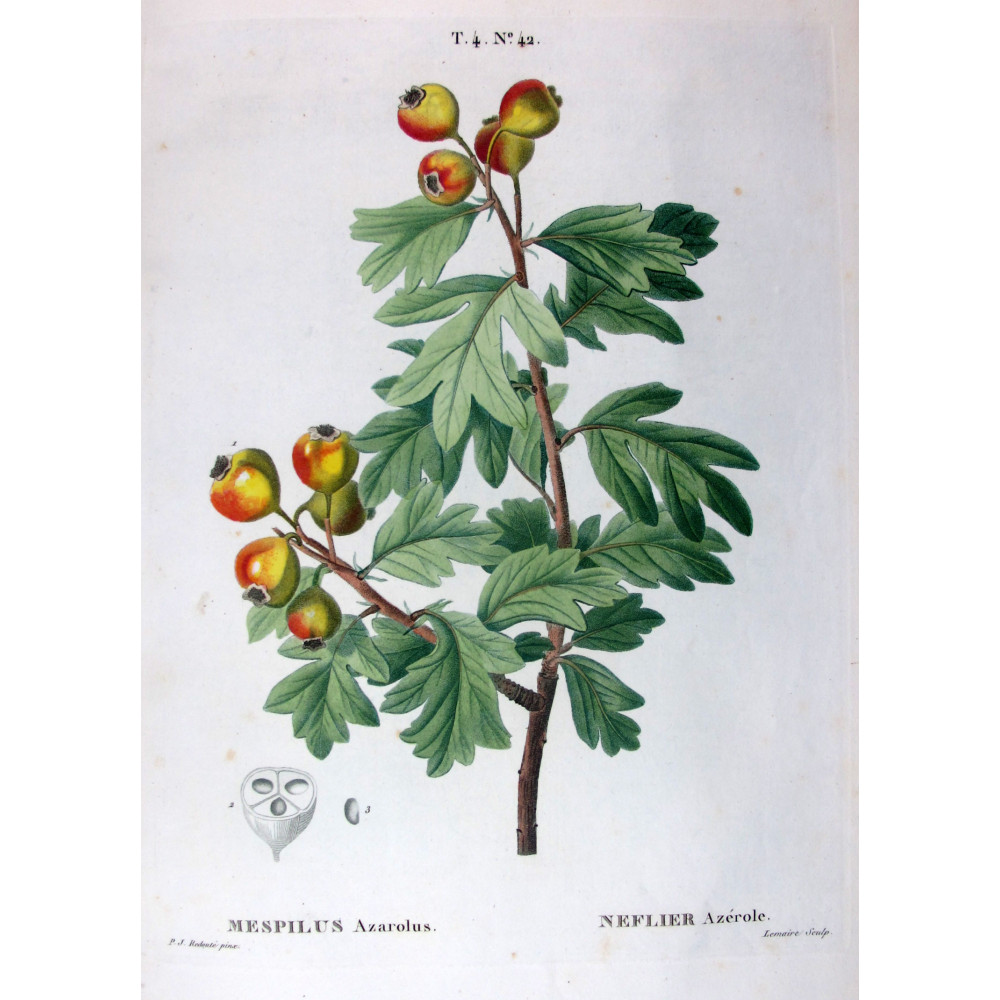
Mespilus azarolus — Azarole |
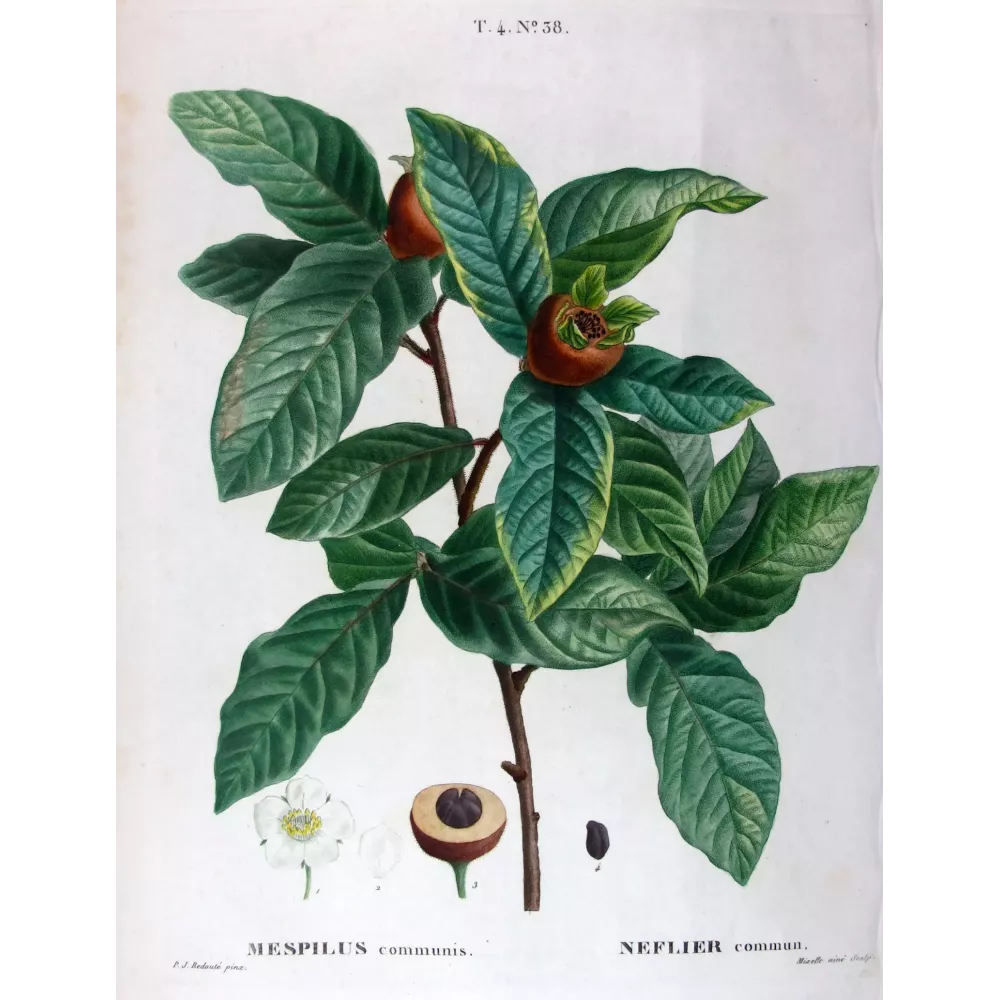
Mespilus communis — Common Medlar |
Discover Related Botanical Collections
Continue exploring our 19th-century botanical engravings — authentic works of art where science and beauty meet:
Heritage Stories
Heritage Stories:
These plates are part of our curated Redouté — Arbres et Arbustes Collection, where science and art converge. Discover the story behind each plate and how these works became enduring symbols of botanical art.

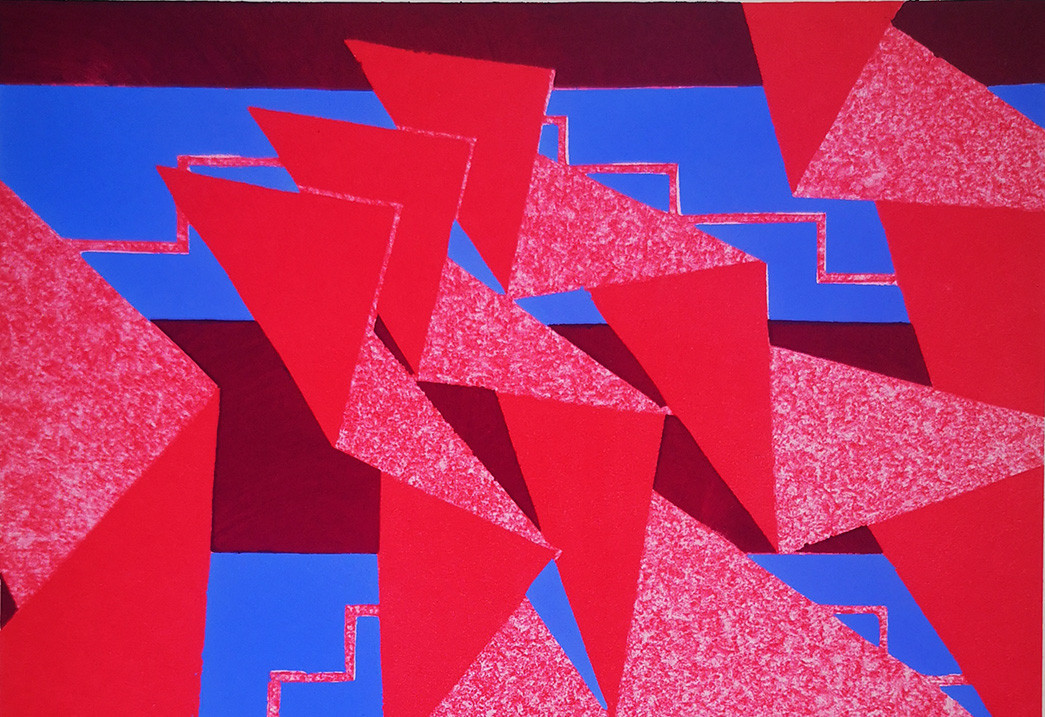
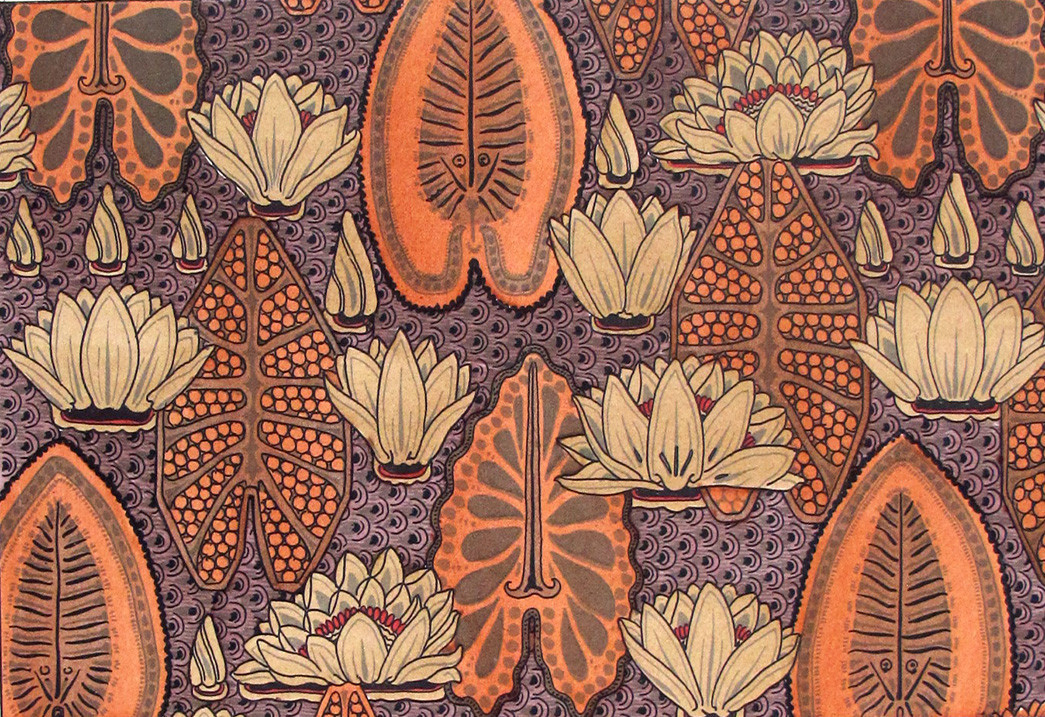
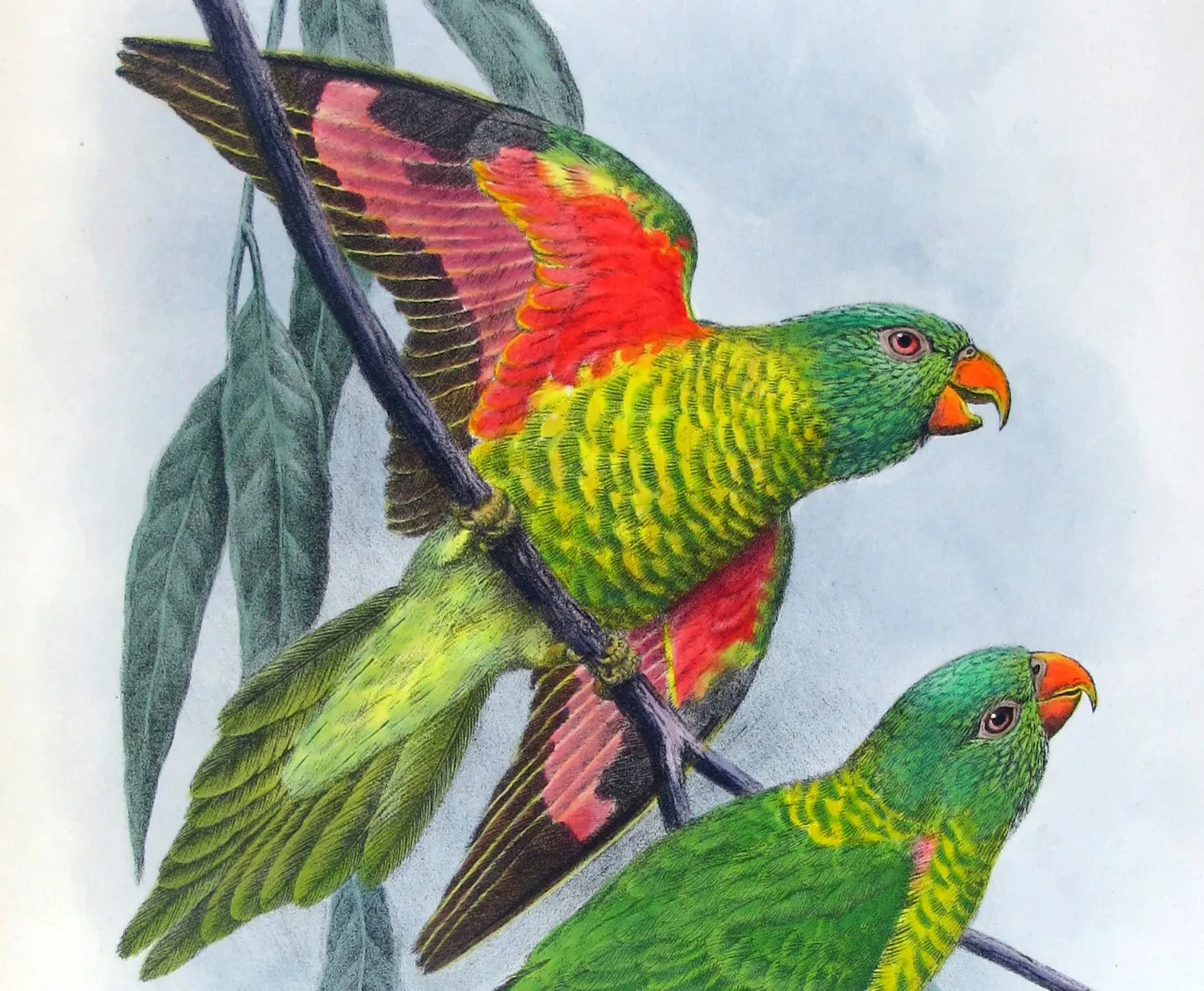
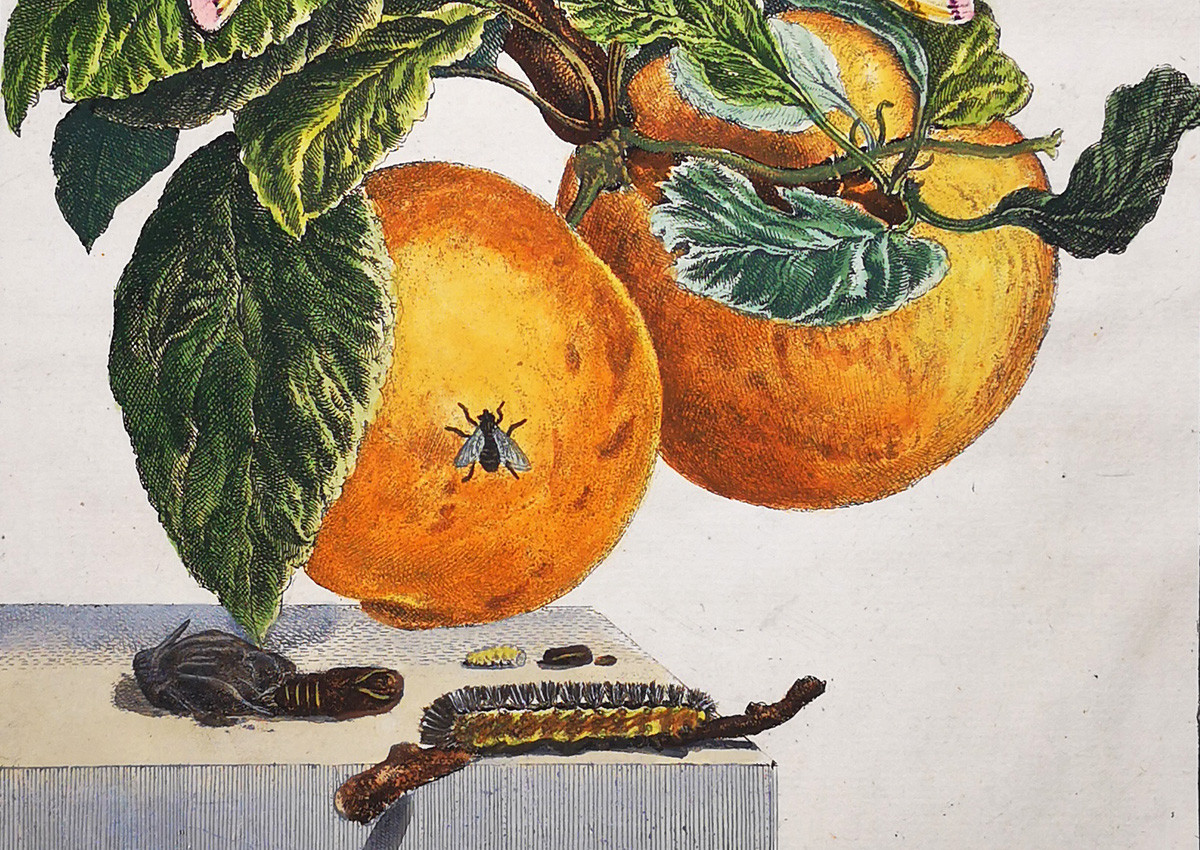
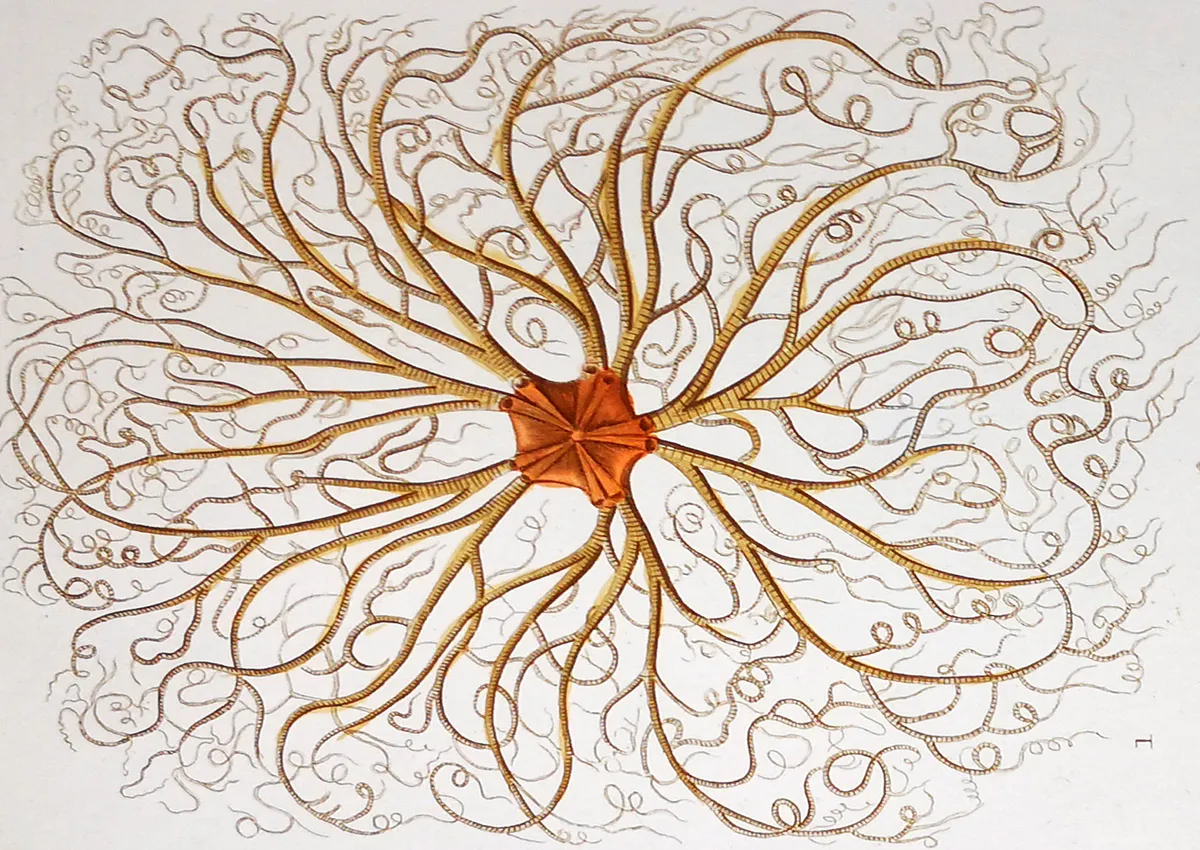
Leave a comment